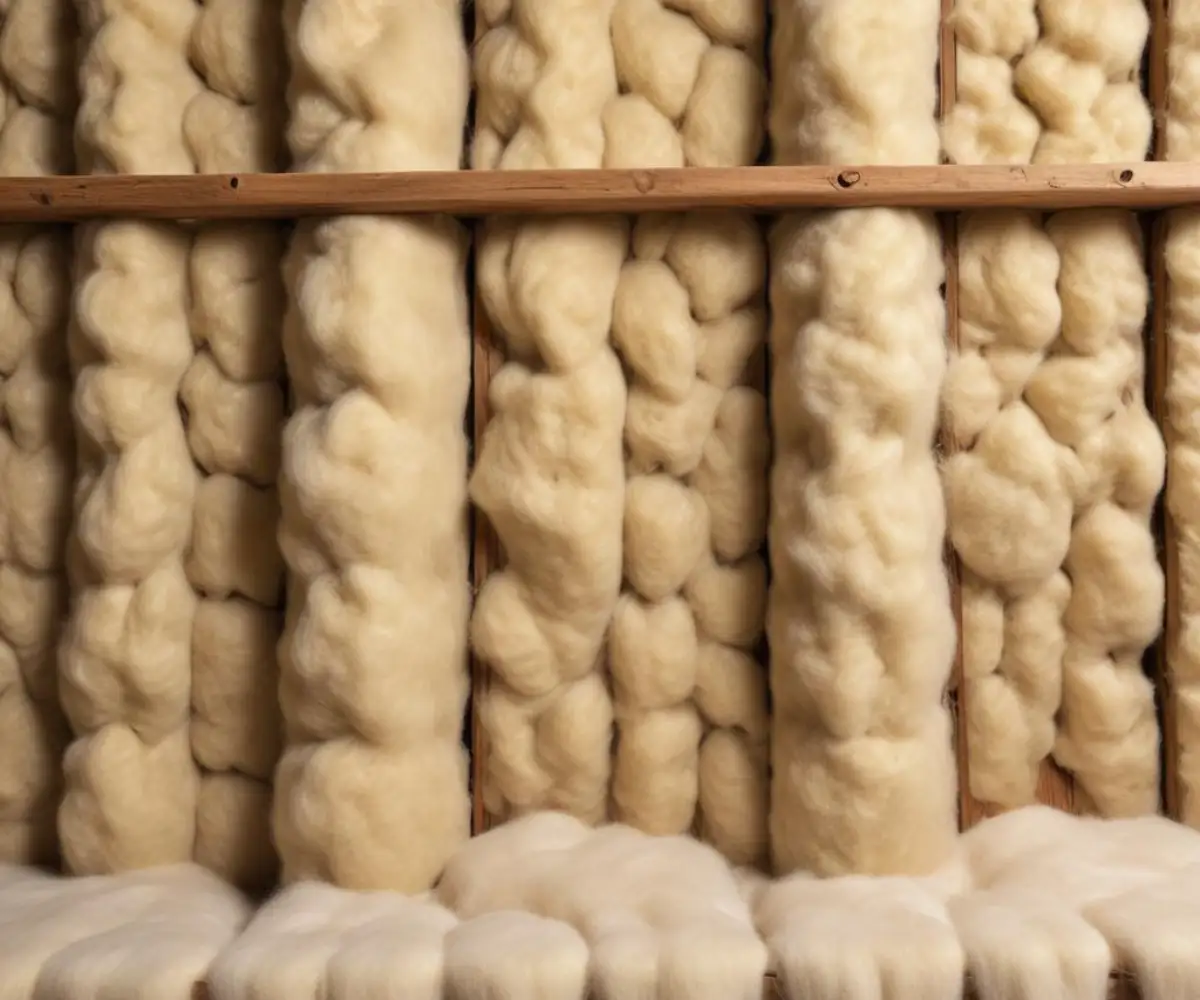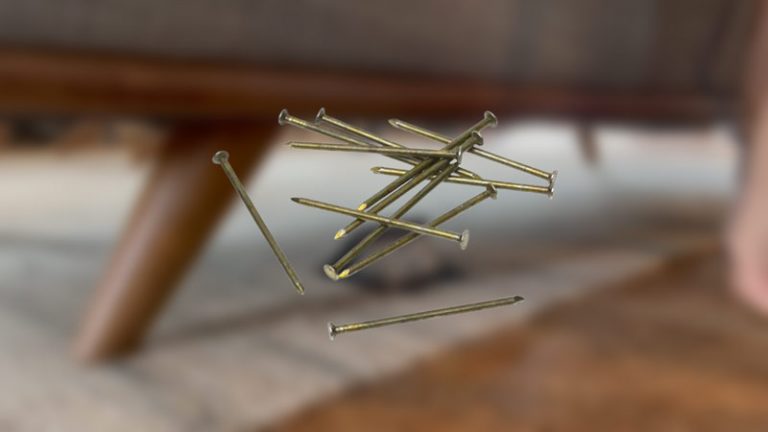Thermafiber UltraBatt vs. Fire & Sound: Don’t Buy Until You Read This
Choosing the right insulation feels like a high-stakes decision. You’re not just trying to stay warm; you’re trying to create a quiet, safe sanctuary. Get it wrong, and you could be dealing with paper-thin walls that let in every neighborhood noise and offer little peace of mind in a fire.
Many homeowners find themselves paralyzed by choice, staring at product names like Thermafiber UltraBatt and generic “Fire and Sound” batts. They sound similar, but are they? This confusion leads to project delays and the nagging fear of picking the wrong material for a critical job.
You'll Learn About
What is “Fire and Sound” Insulation, Really?
Before diving into a specific brand, it’s crucial to understand the category. “Fire and Sound” insulation is not one specific product but a type of mineral wool insulation designed to excel in two key areas: resisting fire and dampening sound waves. Made from natural rock and slag that are melted and spun into a dense, fibrous structure, this type of insulation is inherently non-combustible. Brands like Rockwool with their Safe’n’Sound product line are prominent players in this space.
The core benefit of general fire and sound insulation is its density. Unlike lighter fiberglass batts, the denser mineral wool fibers are excellent at absorbing sound, which significantly reduces noise transfer between rooms and from the outside. At the same time, its rock-based composition gives it an extremely high melting point, allowing it to act as a fire barrier, slowing the spread of flames and protecting structural components for precious extra minutes in an emergency.
Introducing Thermafiber UltraBatt: The Specialized Contender
Thermafiber UltraBatt is a specific product line of mineral wool insulation from the well-known manufacturer Owens Corning. While it falls under the umbrella of mineral wool, it is engineered with a focus on providing a balance of excellent thermal performance (R-value), fire resistance, and sound control. It is designed for use in both residential and light commercial construction.
The key thing to know about UltraBatt is that it was primarily designed as an exterior wall batt focused on thermal performance, while still offering the inherent fire and sound benefits of mineral wool. It’s a semi-rigid batt that’s denser than traditional fiberglass, making installation straightforward and ensuring a snug fit that resists slumping over time. This ensures you get the thermal, fire, and acoustic performance you paid for, for the life of your home.
The Ultimate Showdown: Thermafiber UltraBatt vs. General Fire & Sound Insulation
While both options are mineral wool and share core properties, their intended applications and specific performance characteristics can differ. Making the right choice depends on understanding these nuances and matching them to your project’s primary goal.
Fire Performance: A Deeper Dive
When it comes to fire safety, all mineral wool is a top performer. Both Thermafiber UltraBatt and generic fire and sound batts are non-combustible, meaning they will not burn, produce toxic smoke, or contribute to the spread of a fire. They typically can withstand temperatures exceeding 2,000°F (1,093°C). This is a critical safety feature that buys invaluable time for evacuation and for first responders to arrive.
Both products will meet or exceed building code requirements for fire-blocking in residential construction. The key takeaway here is that for fire resistance, you are getting an elite level of protection with either choice. The difference is not in safety, but potentially in how they are integrated into specific, tested fire-rated wall assemblies for commercial buildings, where specific product call-outs might be required.

Soundproofing Battle: Which One Quiets Your Home Better?
This is where the differences can become more apparent. The effectiveness of insulation at controlling sound is measured in two ways: Sound Transmission Class (STC) and Noise Reduction Coefficient (NRC). STC measures how well a wall assembly blocks airborne sound, while NRC measures how much sound a material absorbs. Higher numbers are better in both cases.
Generally, products marketed specifically as “Fire and Sound” insulation, like Rockwool Safe’n’Sound, are often slightly denser than thermal-focused mineral wool batts. This increased density can give them a slight edge in absorbing sound waves and improving the STC rating of a wall assembly. For example, a standard uninsulated interior wall might have an STC of around 34, while adding a dedicated soundproofing batt can boost that to 45 or higher, effectively muffling loud conversations.
Thermafiber UltraBatt also provides excellent sound control due to its density, far superior to fiberglass. However, since its primary design driver includes thermal performance, its density might be optimized for a balance of R-value and sound control, rather than purely for acoustics. For most homeowners, the difference may be subtle, but for critical applications like a home theater, recording studio, or a wall adjacent to a noisy laundry room, a dedicated “Fire and Sound” product may offer superior performance.
Installation & Handling: What to Expect
Both Thermafiber and other brands of mineral wool are known for being easy to work with. The semi-rigid batts are simple to cut with a serrated knife for a precise fit around outlets, pipes, and wiring. This friction-fit installation ensures there are no gaps, which is critical for both thermal and acoustic performance.
Some users report slight differences in handling. For example, some find certain brands slightly less dusty or itchy during installation. The flexibility of Thermafiber can be an advantage for fitting into tricky, non-standard spaces, while the rigidity of other products can make installation in standard wall cavities feel quicker. Ultimately, both are considered DIY-friendly, but always wear appropriate personal protective equipment (PPE), including gloves, long sleeves, and a dust mask.
Thermal Performance: An Important Distinction
Here is a key difference: Thermafiber UltraBatt is explicitly marketed with a focus on its thermal insulating power, or R-value. For example, a 3.5-inch UltraBatt is available in R-15, which is excellent for a 2×4 wall. On the other hand, many products marketed solely for “Fire and Sound” do not have a listed R-value, as their primary purpose is interior sound control, not thermal insulation for exterior walls.
If you are insulating an exterior wall, attic, or floor where thermal performance is paramount to save on energy bills, Thermafiber UltraBatt is the clear choice. If you are insulating an interior wall between a bedroom and a living room, where thermal transfer is not a concern, a dedicated “Fire and Sound” batt is perfectly suitable.
| Feature | Thermafiber UltraBatt | General “Fire and Sound” Insulation (e.g., Rockwool Safe’n’Sound) |
|---|---|---|
| Primary Application | Exterior walls, ceilings, and floors where thermal performance is key. | Interior walls, ceilings, and between floors for sound control. |
| Fire Resistance | Excellent (Non-combustible, withstands >2000°F). | Excellent (Non-combustible, withstands >2000°F). |
| Sound Control | Very Good (High density provides significant sound dampening). | Excellent (Often slightly denser, optimized for sound absorption). |
| Thermal Performance (R-Value) | Yes, specified R-values (e.g., R-15, R-23, R-30). | Typically not rated for R-value. |
| Moisture Resistance | High (Inorganic material resists mold and mildew). | High (Inorganic material resists mold and mildew). |
| Best For | Projects requiring a combination of thermal, fire, and sound insulation. | Projects where soundproofing is the number one priority. |
Key Applications: Where Does Each Product Shine?
Understanding the ideal use case for each product is the key to a successful project. Overspending on a feature you don’t need or, worse, under-specifying for a critical application can lead to disappointment.
When to Choose Thermafiber UltraBatt
Thermafiber UltraBatt is the versatile workhorse. Choose UltraBatt for any application where you need thermal insulation combined with fire and sound benefits. This includes all exterior walls, attics, and crawl spaces. It’s also an excellent choice for interior walls adjoining an unconditioned space like a garage, where both thermal and fire resistance are mandated by code.
It’s the go-to product when you want an all-in-one solution that provides a quiet, safe, and energy-efficient home. For example, if you’re finishing a basement, using UltraBatt in the exterior walls is a smart move. For a comprehensive guide on how to approach this, consider the details on framing over basement blanket insulation, as the principles of a solid thermal envelope apply.
When Standard “Fire and Sound” Insulation is the Smart Choice
A dedicated “Fire and Sound” batt is the specialist. Choose this insulation when your primary goal is to stop noise transfer between interior rooms. Think about walls between bedrooms, bathrooms, a home office, or a laundry room. In these applications, the thermal R-value is irrelevant, so you can focus solely on getting the best acoustic performance for your budget.
This is also the correct product for insulating the spaces between floors to reduce the sound of footsteps and airborne noise from traveling. In complex structures, such as those involving masonry, understanding your options for insulation between brick and drywall is critical, and a fire and sound batt can be a component of that system.
Common Mistakes to Avoid During Installation
The best insulation in the world won’t perform if it’s installed incorrectly. A common and critical mistake is compressing the batts. Mineral wool works by trapping air, and squeezing it into a cavity that’s too shallow reduces its thermal and acoustic performance. Always use the correct thickness for your wall cavity.
Another major error is leaving gaps. Even small voids around electrical boxes or pipes can create a path for sound and heat to travel. Take the time to cut the batts carefully for a snug, complete fit. This attention to detail is what separates a professional-level result from a mediocre one.
Finally, consider the entire system. Insulation is just one part of a quiet and efficient home. The cost of insulation is a key factor, but it’s important to think about the long-term value. For more on budgeting, exploring topics like the rim joist insulation cost can provide a broader perspective on how different insulation jobs contribute to your home’s overall performance and value.
The Final Verdict: Which Insulation Wins for Your Home?
The battle between Thermafiber UltraBatt and generic “Fire and Sound” insulation isn’t about which one is better overall, but which one is right for your specific job. The choice is actually quite simple when you break it down.
For exterior walls or any application where thermal performance matters, Thermafiber UltraBatt is the definitive winner. It provides an excellent R-value to keep your energy bills down, along with the top-tier fire and sound protection you expect from mineral wool. For interior walls where soundproofing is the only goal, a dedicated “Fire and Sound” product is the more specialized—and often more cost-effective—solution. By matching the product to the project, you ensure every dollar you spend is working effectively to make your home safer, quieter, and more comfortable.

